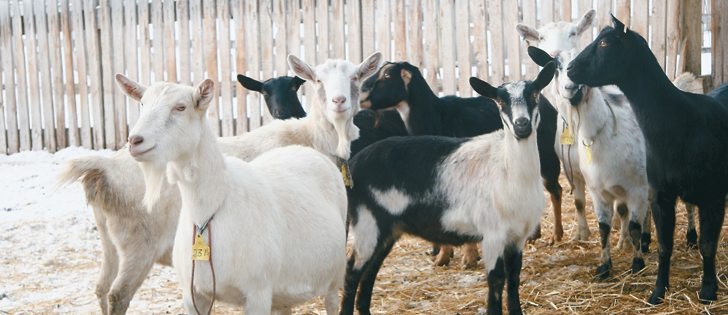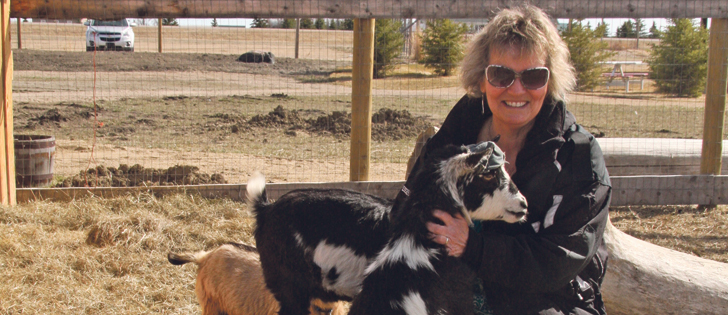Demand grows Goat and dairy industry must promote food safety, traceability, says industry expert
PONOKA, Alta. — Canadian goat producers are in the same place beef producers were a dozen years ago when they hotly debated the need for a national identification program.
Producers want to know why the government should know their private business and why they should have to pay for approved tags rather than use their own, cheaper versions.
International rules demand certain standards for tag retention and readability. There are also instances where the absence of a mandatory program has created difficulties.
Goats can develop scrapie, a brain wasting disease. It is a reportable disease and all countries must report its prevalence and provide information on how this transmissible spongiform encephalopathy is controlled.
Read Also

Charges laid after cattle theft
Saskatchewan RCMP lay two charges against a man after six cattle went missing.
A voluntary surveillance plan has started, but the Canadian Food Inspection Agency is not helping with testing the way it has with sheep because no trace back exists, said Corlena Patterson of Scrapie Canada.
The obex of the brain must be tested, and the CFIA will not collect samples from abattoirs.
“The CFIA will not collect them unless they are officially tagged,” she said at the Alberta Goat Breeders Association meeting in Ponoka Oct. 13.
“They are not going to test them if they don’t have tags and they can’t trace them back,” she said.
According to world animal health rules, Canada must not have any scrapie cases for seven years to receive negligible risk status.
Jennifer MacTavish, manager of the Canadian National Goat Association, said a growing demand for goat meat and dairy products means the industry needs to get serious about promoting food safety and traceability.
The program is looking for information about individual identification, age of animal, movement and death. This information can be used when a trace back is required during a disease outbreak or food recall. It can also be used in case of an emergency so animals can be quickly found and helped.
The sheep industry has already proven the value of measuring productivity and improving herd health using electronic identification. Goats could share that advantage.
While identification is still voluntary, the federal government will expect a mandatory program that provides sound individual identification and trace back.
“Traceability and identification are almost non-negotiable right now. What our role is now is to get an animal identification and traceability program that will work for the goat industry,” she said.
The government wanted a mandatory national traceability program for all livestock by 2011, but that has been pushed back.
Regulations have been written and are available for comment.
MacTavish said goat producers must provide their input because some of the rules work well for cattle but do not work for small ruminants. The regulations also need to provide for changing technology.
The national organization is testing various tags and understands some breeds of goats are hard to tag. The LaMancha breed has a small fold instead of a large outer ear, which means leg bands or a tag at the tail web may be better.
Producer feedback is also sought to learn which tags stay in place, how they work in winter and how easy they are to read.
Three different Reyflex tags are being tested, but other companies and types could be checked. Only one offers electronic identification.
The CFIA will issue a range of individual numbers designated as goat. These numbers are printed on the tags and the Canadian Cattle Identification Agency will store the data, which will remain confidential.
For more information, visit www.cangoats.com or phone 888-839-4271.


















